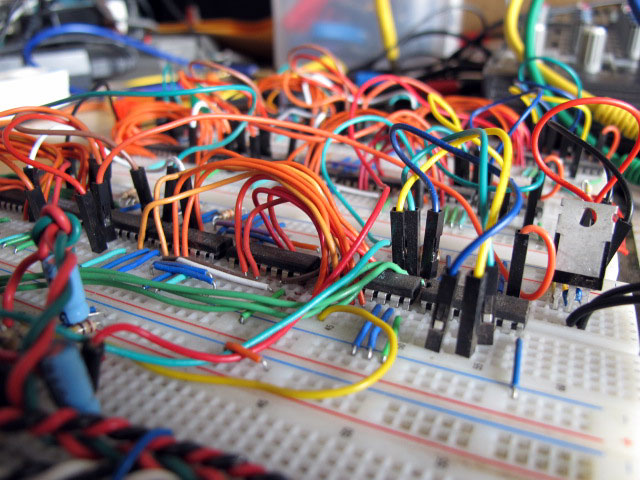
I met with artist Phillip Stearns last weekend, who took me around his studio. Phillip is giving a class through Harvestworks beginning Monday titled DIY Synth Building Intensive, and he began by showing me the kind of projects he intends to teach students to build in the workshop.
Phillip explained that he enjoys the opaque process of working with CMOS logic integrated circuits, which he finds to be more physical, user-friendly and transparent than working with Arduino. CMOS allows him to essentially program without a computer. Sounds in the instrument below can be modified by moving the patch cables around the breadboard. Phillip demonstrates:
There is one single oscillator, and the pins control the octaves. In his workshop, Phillip will instruct students on how to build an oscillator. Once one learns this basic step, they can then take the instrument further by making multiple oscillators or by mixing or dividing signals.
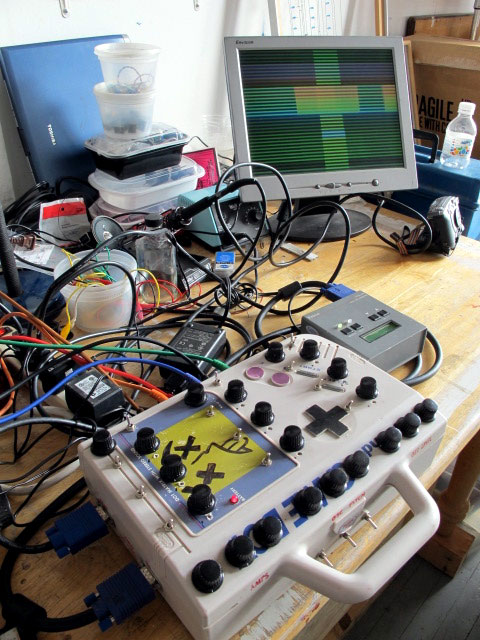
Phillip also does video work, and he built his own video synthesizer that he calls the “Slainboy”. It’s a hybrid analog/digital video synth, which runs through a VGA signal rather than a composite signal. In this second version of the synth, he separated the oscillators from audio feedback, which allowed him greater control.
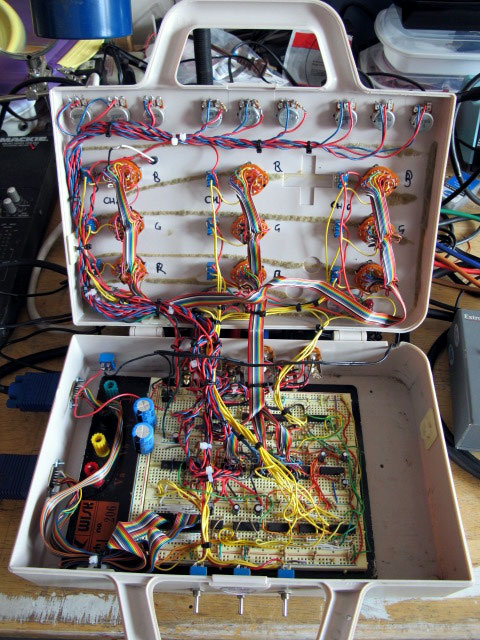
He used the synth as the basis for a room sized installation at Harvestworks, where feedback generated the surrounding audio and visual material in the space.
Feedback also plays a role in Phillip’s series of photos produced on a circuit bent 2 megapixel digital camera. Titled DCP Series, after the name of the camera, Phillip produced images by detaching the CCD sensor in the camera, and connecting it to a breadboard to reroute the signals inside the camera.
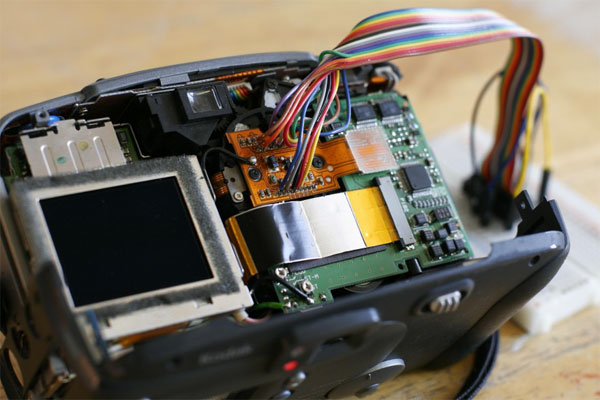
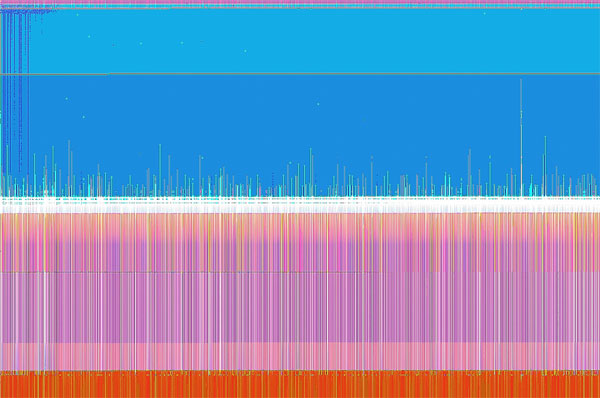
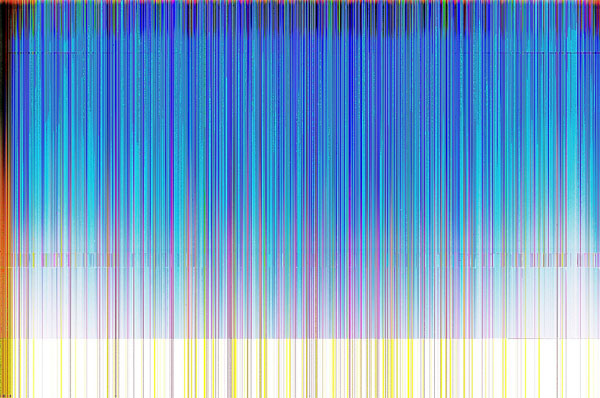
Phillip originally began making art as a painter, and he brought out a few of his early projects from the period in which he transitioned into electronics. One work from a larger series of “paintings” consisted of circuits sewn into burlap, which produce sounds when activated. Phillip explained that he thought of them as embedded music compositions, where the score is both visual – you can see the chips and the wires – and audio.
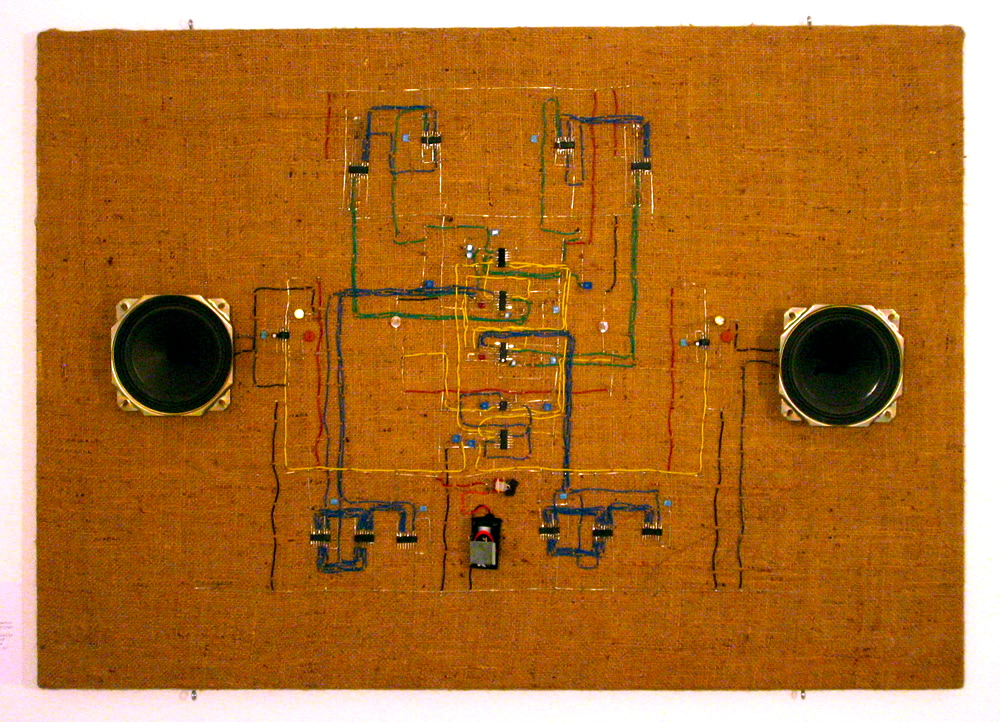
Phillips showed me some other examples of his efforts to pair aspects of the compositional process in painting with electronics, including another series using solar panels. He has been thinking about the environmental impact of electronics, and he’s begun grappling with this concern by implementing alternate, more environmentally-friendly ways to approach electronics. In one solar-powered work, the exposed circuits delicately extend across the frame. A small microphone picks up sound, which is then presented as a sequence of lights. The work contains a sensor that reacts to the presence of daylight, so that it will only turn on at night.
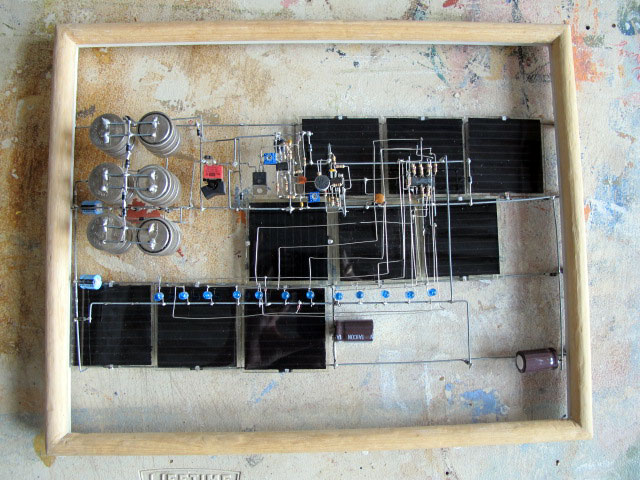

Recently, Phillip’s interest in systems lead him to take up sustainable farming. DIY electronics enabled him to rethink the potential of closed systems, and one's own ability to hack these systems or build them from the ground up. Phillip felt he could translate these skills to farming, as ecological systems function in a similarly dynamic fashion. During the spring and summer, he farms a small plot of land in upstate New York, growing organic vegetables. See below for a snapshot of his crops from last year.
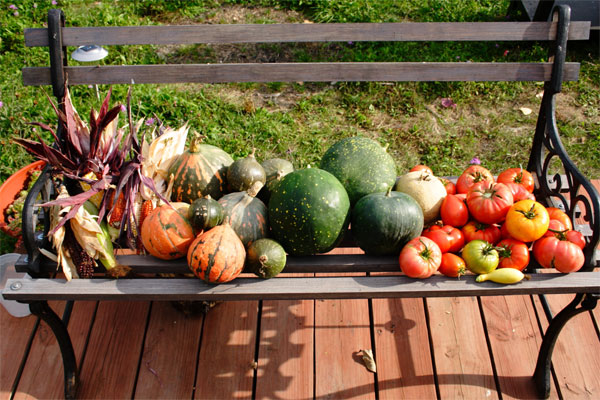
Thank you Phillip for the studio visit! Visit his website for more information about his work, and if you would like to sign up for his Harvestworks class, you can do so here.


Phil++
Phil << 31
[img]
http://foros.medialab-prado.es/viewtopic.php?id=213
[/img]